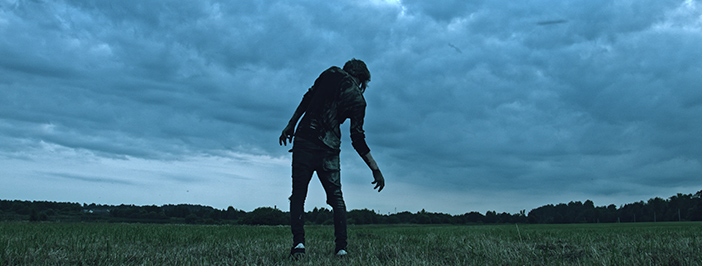Brains, Braiiiiiins, Braaaiiiiiiiins – these are three things required by both business continuity plans and zombies alike. In AMC’s The Walking Dead, zombies are plentiful.
Business continuity plans, not so much.
The story of The Walking Dead revolves around Sheriff Deputy Rick Grimes and various other characters as they struggle to survive in a world filled with – you guessed it – zombies. It’s not clear as to what exactly caused the viral outbreak that turned most people into mindless “walkers”.
Then again, it doesn’t really matter.
In business, disasters happen all the time. These disasters can last a long time, so planning ahead for them will help keep you up and running. 54% of companies report they have experienced downtime from a single event, lasting more than 8 hours. That’s not the exact same as The Walking Dead universe, where the downtime lasts forever.
There are 5 key components to business continuity plans that you can use to fully restore your business operations in the event of a disaster.
And yes, that includes zombie hordes.
1. Establish the Key Players
In The Walking Dead, Rick Grimes has a core team of people he trusts to handle specific tasks. For example, one of his closest friends is Daryl Dixon. He’s known for his ability to handle himself around zombies using his signature crossbow. Daryl knows what’s going on with the group at all times, and knows that he must fulfill his role to ensure the team’s success.
In a crossbow-free business situation, you must similarly select key players in business continuity operations. These team members should be actively informed of any changes made to the master plan. Setting up an organizational team with a hierarchy will avoid confusion, streamline processes, and drastically reduce recovery time overall.
2. Craft a Plan
When creating a business recovery plan, it’s best to start from the most important operations. Focus on prioritizing your recovery on things that matter to your business. If your organization is heavily reliant on customer interaction, focus on reestablishing software and services that put you back into contact with them. Or, if your organization is focused on revenue generation, focus your efforts on repairing revenue-generating software and productivity operations.
If your party of ragtag hooligans is reliant on surviving the apocalypse, consider finding a protected area and living there for a season or two.
Creating a plan can help speed up recovery by allowing you to hone in on critical aspects. It’s far easier to come back from a disaster by following a thorough plan rather than trying to fix everything at once.
3. Test Your Plan
Characters of The Walking Dead are constantly testing their plans. After all, what good is a plan if you never prove that it actually works? When the time comes to use it, the last thing you want is to have it fail spectacularly. It’s one thing to say you’re going to run out to the empty house and take out a bunch of zombies… and it’s another thing entirely to actually do it.
Combining your key players with regular testing is a good way to keep them up to speed on what to do. When disaster strikes, your team will be more prepared and you’ll know exactly what to do. Your recovery time will shrink considerably, and you’ll be back to business in no time at all.
4. Keep in Contact
It’s really hard to keep things running smoothly with no communication. Prior to disaster striking, it’s critical to establish communication channels that can persist through anything. Modern businesses turn to cloud technology because of its reliability and uptime. Cloud servers are typically hosted in secure datacenters across the world and are mirrored for redundancy.
With cloud technology, your organization can maintain contact through email, instant messages, video calls, and more. In the event of a disaster, you can still reach each other make sure everyone is OK and discuss the state of the recovery efforts and individual roles.
5. Retain Access to Productivity Tools
During the entirety of your downtime, you’ll have to keep working to keep your business running. While that may have been difficult years ago, cloud technology makes it easy to work remotely from anywhere in the world. Your organization should invest in mobile technology and workstyles ahead of time. With them, downtime and disasters are just a nuisance – not a show stopper.
Business Continuity Planning for the Future
Our expert business continuity team wants to help you prepare for the worst. We can help you put together an expert plan that will have your business back up and running with minimal downtime and headaches. Our track record is clean, too – we’ve never had a single zombie breach.
Ready to plan for the future? Contact us today.

